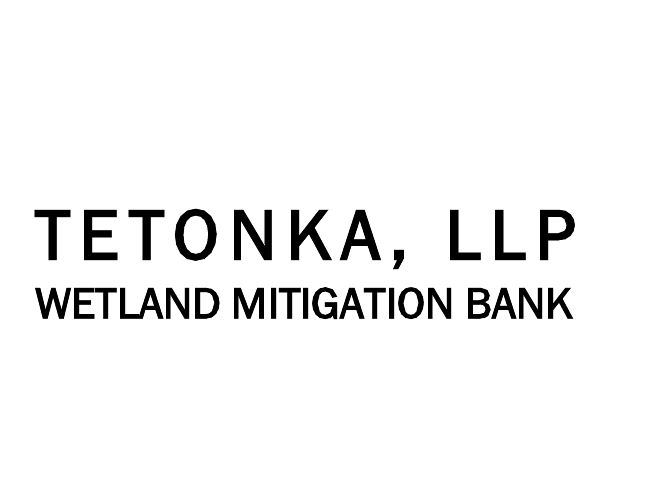Concepts of Mitigation Banking
Mitigation banking is the creation, restoration and/or protection of areas of wetlands and streams in advance of, and as an offset (mitigation) for, anticipated impacts to those resources within the same watershed. The mitigation banking option provides a means of advance planning that makes the permitting process more predictable and minimizes time and costs. In addition, all of the permittee’s liabilities for mitigation are transferred to the Bank as part of the process.
Mitigation banking is different from other forms of mitigation in four key aspects. First, it is the preferred means of mitigating impacts (33 CFR 332). Second, banked wetlands and streams are developed in advance of, or concurrently with, anticipated impacts in the area so that fully functional habitat areas are in place by the time impacts occur. Third, banks are typically large areas which provide credits for numerous contemplated impacts, as opposed to the typical impact-by-impact process associated with conventional wetland permitting. Lastly, once the permittee and Bank Sponsor have come to an agreement, all of the permittee's liabilities and obligations associated with impacting wetlands transfers to Tetonka, LLP.
How the Bank Generates Credits
The U.S. Army Corps of Engineers determines the Bank’s “value” by quantifying the created or restored wetland functions in terms of “credits”. A “Mitigation Banking Instrument” establishes the Bank’s goals, ownership, location, size, wetland types included, trading area, crediting methods and accounting procedures, performance and success criteria, monitoring and reporting protocol, long-term responsibility, etc.
Subsequent permit applicants proposing wetland and stream impacts must first meet all other normal permitting requirements imposed by state and federal agencies, such as avoidance and minimization of impacts, prior to proposing mitigation. Once the mitigation step is reached, however, purchase of Bank credits is a simple and efficient means of obtaining final approval for a permit. Permittees simply reach a financial agreement with Tetonka, LLP, and then withdraw credits from the Bank based on anticipated impacts associated with their development activities.
There are approximately 76 acres of created wetlands in the Tetonka Wetland Mitigation Bank 1 and approximately 103 acres of created wetlands in the Tetonka Wetland Mitigation Bank 2. Objectives for the Bank include the preservation of ecologically important wetland habitat, restoration and enhancement of existing wetlands, and creation of wetlands where they can be naturally maintained in perpetuity. A further objective is protection and enhancement of surrounding and integrated uplands as buffers and to diversify habitat.

